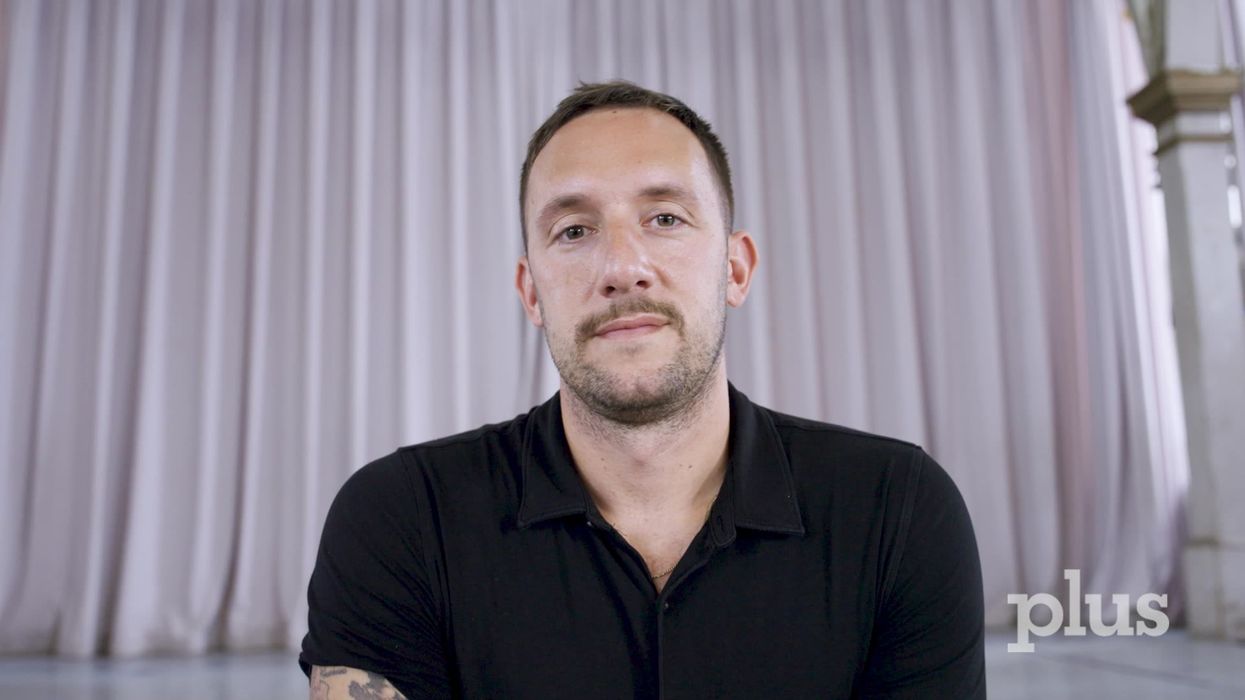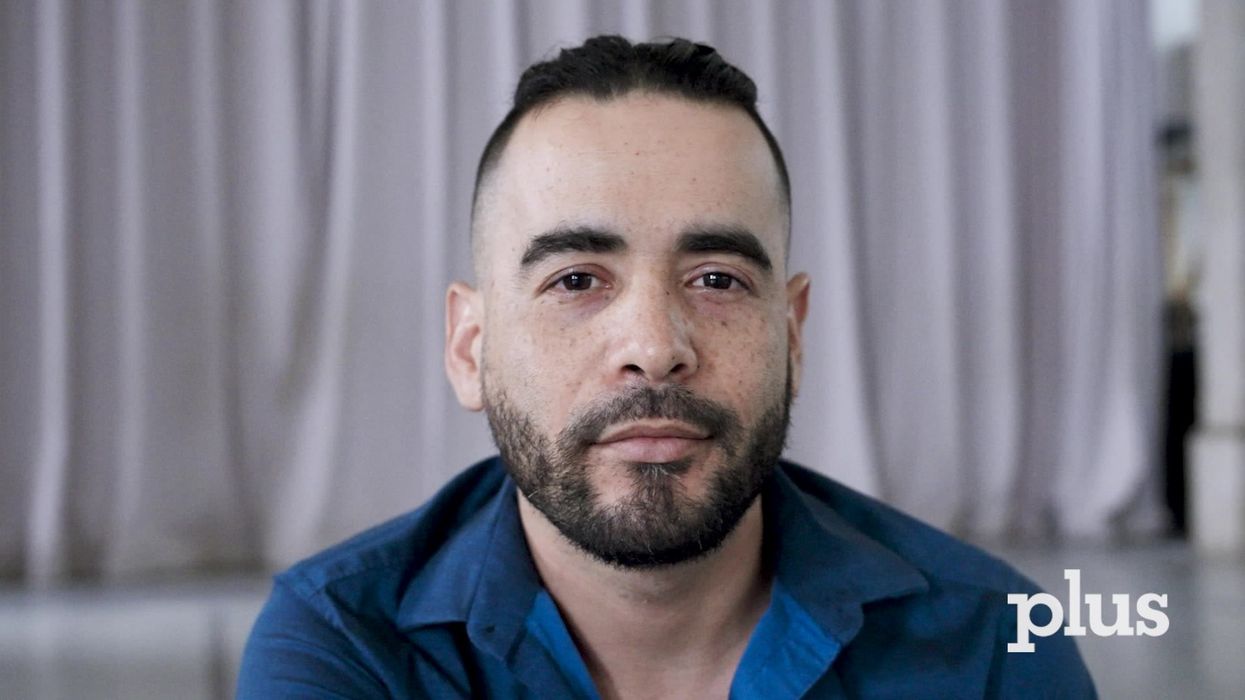Preventing HIV infections through vaccination has proven to be one of the most elusive goals in medical research. With protection against polio, smallpox, and seasonal flu being just a sampling of vaccine successes, preventing HIV with a vaccine continues to defeat some of the world’s best researchers. In the United States we enjoy the support of the National Institutes for Health for its financial contributions in this effort. Through the HIV Vaccine Trials Network (HVTN), with support from the NIH, more than 90 phase one human safety trials have tested a variety of ideas focused on preventing the acquisition of HIV. Out of this number only five vaccine candidates were worthy of progressing to phase two or phase three human efficacy trials. And of those five, only two vaccines continue in clinical trials today — one in this country and one in South Africa.
So why is the NIH so supportive of HIV vaccine development efforts — particularly given the challenges that HIV presents? After all, we have effective oral medications to treat HIV infection, right? There are several answers to this question. First of all, while the current class of antiretroviral medications are effective at controlling HIV infection, this comes at a price — both in terms of a quantifiable financial burden as well as a more intangible “human” cost. The cost for HIV medications can easily climb to over $1,000 per month and it has been estimated that, in the United States, an individual infected with HIV will consume $500,000 in healthcare-related services over their lifetime. Much of this cost is borne by the U.S. taxpayer, with an estimated annual cost of $7.5 billion funded through Medicaid, $4.5 billion through Medicare, and $4.1 billion through the Ryan White Act. Additionally, it has been estimated that the loss in annual productivity associated with new HIV infections tops $29 billion.
The effect of the financial burden, drug side effects, and emotional stress on the individual should not be overlooked or minimized. Even with government assistance and private health insurance, the cost to the individual can be significant. While many people qualify for public assistance programs, staying eligible for support can be a constant balancing act. And the prospect of facing a lifetime of taking daily medications, and dealing with the associated side effects, can understandably be discouraging. The drug side effects can range from mild to life-threatening. Common side effects of routinely prescribed antiretroviral medications include headache, nausea, diarrhea, fatigue, dizziness, insomnia, loss of appetite, muscle aches, and skin rash. It’s no wonder that many individuals don’t comply with their drug treatment regimens, or take frequent drug “holidays.”
While being diagnosed with HIV infection is not the death sentence it once was (at least in this country), those individuals who are HIV-infected still must deal with a multitude of social and emotional issues, including a number of misconceptions and other stigma associated with the disease. People who are diagnosed with HIV are faced with a profound sense of loss on many levels, which can lead to feelings of helplessness, continued high-risk behavior, a lack of follow-through with medical care, and acting out with intense emotions. They worry about telling their family, friends and other loved ones about their disease. In addition to worrying about their relationships, they worry about their jobs and financial security. Some family and friends may withdraw because they (wrongly) believe the virus is highly contagious and that they can become easily infected.
The stigma and misinformation about HIV can itself create more issues to deal with separate from the medical diagnosis. Misconceptions about the individual may include speculation about their sexual orientation, their number of partners, or even their involvement in sex work or IV drug use. The resulting outcome is many individuals become isolated within their home or workplace. Productivity issues and job loss can further complicate the situation resulting in additional economic distress.
Despite NIH and other philanthropic support for drugs to treat those individuals who are infected, the program is not totally effective. According to the Centers for Disease Control out of the 1.1 million individuals infected in the U.S., only 25 percent have their virus under control. A number of factors contribute to the reason for this failure, including an individual’s lack of knowledge about their HIV status. Noncompliance with drug treatment is also a factor, brought on by the high cost of treatment for those who do not qualify for government support, medical side effects brought on by an individual’s sensitivity to the drugs, irregular adherence to the drug regimen based upon the drug-induced fog in some individuals, and the burden of having to visit a treatment center on a regular basis.
The overall consequence of noncompliance with the drug treatment regimen, in the 75 percent of individuals who have poorly controlled virus levels, is that these individuals are the subgroup that continues to spread the disease. This is evidenced by the fact that the incidence of new HIV infections in the U.S. over the past 20 years has not declined, but has remained steady at roughly 50,000 new cases each year. Efforts to educate and use condoms as protection are effective but the number of new infections continues.
HIV will never be eradicated unless we have a vaccine to prevent the spread of the disease. Similar to the current vaccination of adolescents against the human papillomavirus (HPV), or years ago vaccinations against polio and smallpox, vaccination of a large portion of the population for a significant period of time is a proven method to eradicate a disease.
Robert T. McNally, PhD, is President & CEO of GeoVax Labs, Inc., a biotechnology company developing vaccines to both prevent and treat HIV infections. Dr. McNally has over 35 years of experience in academic and corporate clinical investigations, management, research, business, quality and regulatory affairs. Dr. McNally is a Fellow of the American Institute for Medical and Biological Engineering, serves on the advisory boards of the Petit Institute for Bioengineering and Dupree College of Management at the Georgia Institute of Technology, and is a former Chairman of Georgia Bio, a trade association. Dr. McNally graduated with a Ph.D. in biomedical engineering from the University of Pennsylvania.



































































